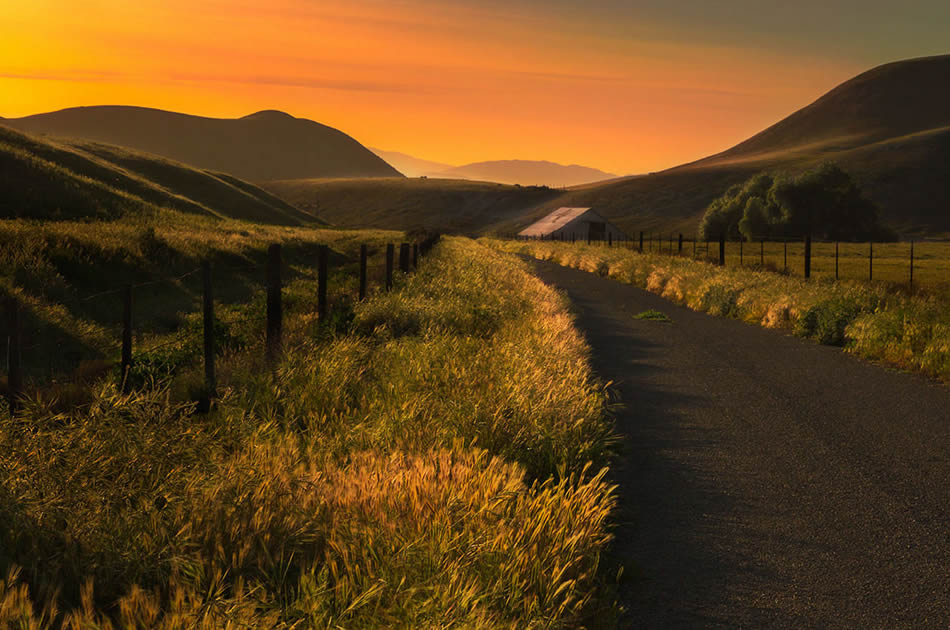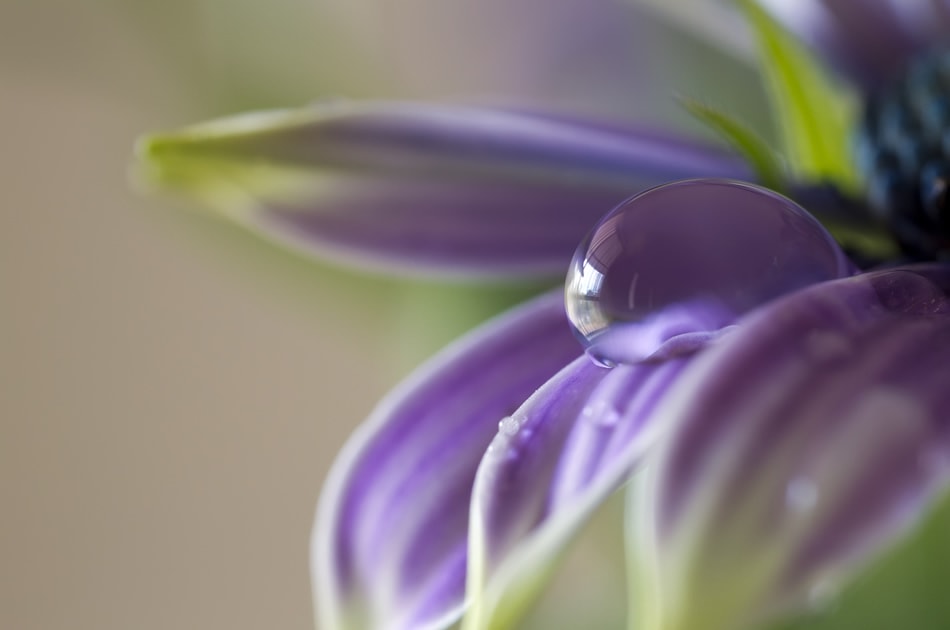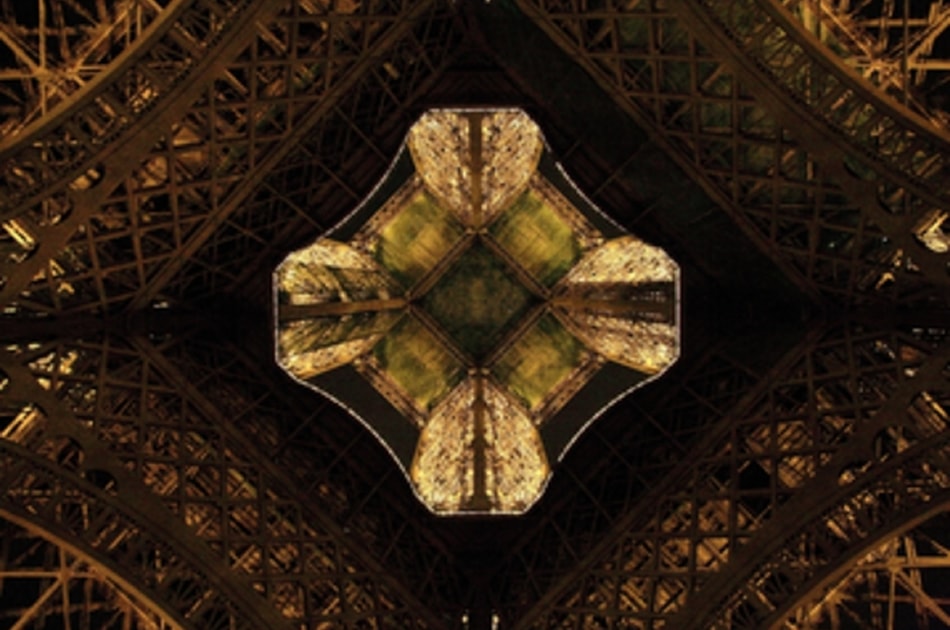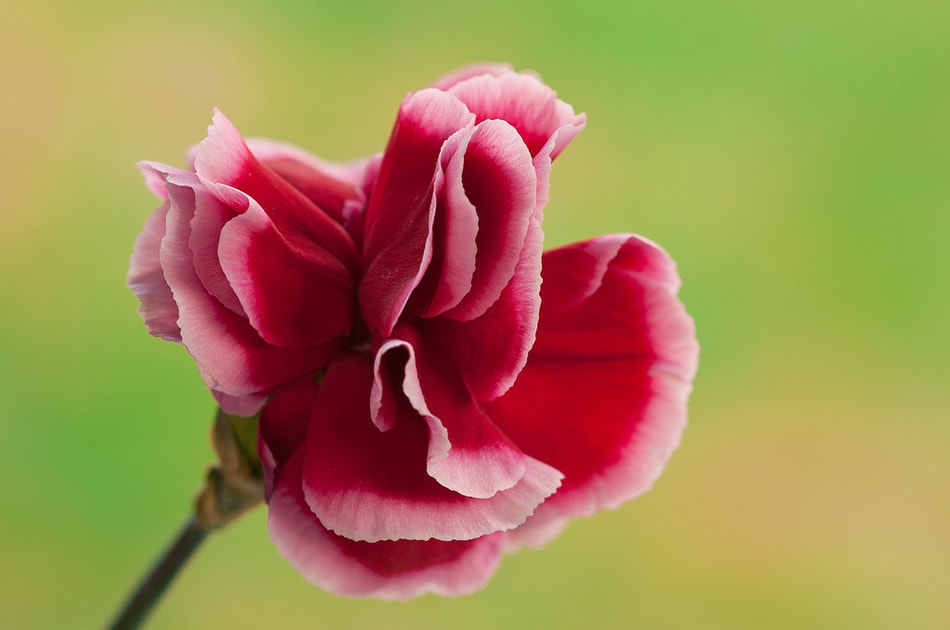Finding Powerful Focal Points in Your Compositions
A strong focal point is one of the most important aspects of a composition. Without a solid point of interest, photos tend to look cluttered and disjointed. There’s nothing to grab the viewer’s attention or hold their interest, and few clues to what the purpose of the image is.
But photos that feature a strong point of interest, on the other hand, instantly show the viewer what the image is all about. They command attention and draw the viewer into a composition, giving their eyes a place to linger for a moment.
Strong focal points form the basis of solid and powerful compositions. Of course, there are a few exceptions to this. For instance, very abstract images or photos of textures and patterns don’t necessarily need to have a strong focal point. But for the most part, compositions can greatly benefit from a strong point of interest.
If you’re looking to capture meaningful and powerful images, it’s important to be able to spot great potential focal points, and to be able to work them into your compositions effectively.
Here are some tips to help you find and enhance, the focal points in your images.

Photo by Malcolm Carlaw
Finding Focal Points
Sometimes, your focal point will be obvious. When you’re doing portraits, for example, you’ll usually want to ensure that the focus is on the eyes. With landscapes, it’s often the disappearing point at the horizon. Other times though, finding a focal point can be a challenge. Let’s look at some ideas to help you find and create strong focal points in your images.
1. Take It All In

Photo by Gemma Stiles
Before snapping, consider pausing for a few minutes to take in your surroundings. It’s difficult to do, but spending a few moments to quietly observe will force you to become more aware of your surroundings, and will give you a chance to soak up all of the details around you, helping you to find a strong subject or focal point for your images.
2. Look for the Main Point of Interest

Photo by Ross Fowler
Finding the main point of interest in a scene usually means looking for elements that interest you – or grab your attention. In an urban environment, this could be a person, interesting architecture, a vehicle or bicycle, or even a pigeon. For landscapes, you’ll want to look for eye-catching details like a boat at sea, a house nestled into the trees, or a sunset in the distance. Or, if you’re using a wide angle lens, look for interesting elements that you can feature in the foreground as your main point of interest.
3. Look for Contrasting Colors

Photo by motiqua
Any time you come across contrasting colors, you know that you’re in for a compositional treat! Our eyes are naturally drawn to contrasting tones, and being able to create a composition that features a strong color against a complementary backdrop is a great way to create a powerful image with a strong focal point. While bold, bright colors are great, keep in mind that colors don’t have to be vibrant in order to be effective – black and white can also add powerful contrast to an image.
4. Find Fascinating Shapes

Photo by U.S. Army
Form is important, no matter if you’re doing landscapes or macros. Look for fascinating shapes as well as interesting patterns and textures that grab your attention. These make excellent focal points for images, especially when coupled with good color contrast.
5. Change Your Perspective

Photo by kyle post
Finally, if you can’t find a good focal point, try changing your perspective. Sometimes, moving just a few steps can help you to find a great point of interest. Other times, you may want to look a bit closer. Close-up or macro photography can draw out hidden details that often make great focal points. Sometimes, you may need to scout out a different location altogether. Keep your eyes open, and you’ll be surprised at what you discover.
Enhancing Your Focal Point
Sometimes the focal point in images isn’t always obvious. This is why it’s important to not only find a point of interest, but to ensure that it’s clear. Here are some tips for composing your images in a way that emphasizes the focal point.
1. Position It

Photo by Kain Kalju
Positioning yourself and your subject in a way that helps the focal point to stand out is a great way to create a strong composition. If you have a busy or distracting background, consider moving your subject, if possible, to a better location with a more suitable background. Or, angle your camera to capture a better composition. While some situations call for the main point of interest to be placed in the middle of the frame, consider using the rule of thirds when positioning your focal point to create a more dynamic image.
2. Use Selective Focus

Photo by Gemma Stiles
Using selective focus to blur the background or foreground is a classic way to ensure that the focus is on your main point of interest. You’ll want to use a wide aperture for a narrow depth of field; something like f/4 or even f/2.8 usually works well. Keep in mind that the farther away from the background your subject is, the more out of focus the background will be.
3. Frame It

Photo by Gabriel Kronisch
One sure way to make your focal point stand out is by framing it. Trees make a classic frame for landscape images, but you can also use boulders, blades of grass, fences, or shrubs. Keep on the lookout for other framing techniques that you can use as well. For example, using a wide aperture and shooting through foliage or flowers in the foreground is a great way to surround the subject in a beautifully blurred and artistic frame. You can also look for ways to create a frame-within-a-frame effect by using doors, windows, arches, and more.
4. Use Leading Lines

Photo by Hometown Beauty
As you know, leading lines are another great way to draw attention to your focal point. While roads, rivers, fences, and railroad tracks form obvious leading lines, there are plenty of other opportunities for subtle lines as well. Furrows in the ground, jagged coastlines, rays of light, shadows, fallen logs or even a series of objects that direct your attention to the focal point or, in the cases of landscapes, to the vanishing point at the horizon, can all serve as leading lines.
While focal points aren’t always obvious, having a clear point of interest can make for great images with powerful compositions. When searching for a focal point, try to ask yourself what it is about the scene that grabbed your attention in the first place. Looking to convey that initial spark of interest in your compositions is always a great place to start.
How do you find great focal points in your compositions? Please share your own tips & tricks on Twitter or Facebook!
